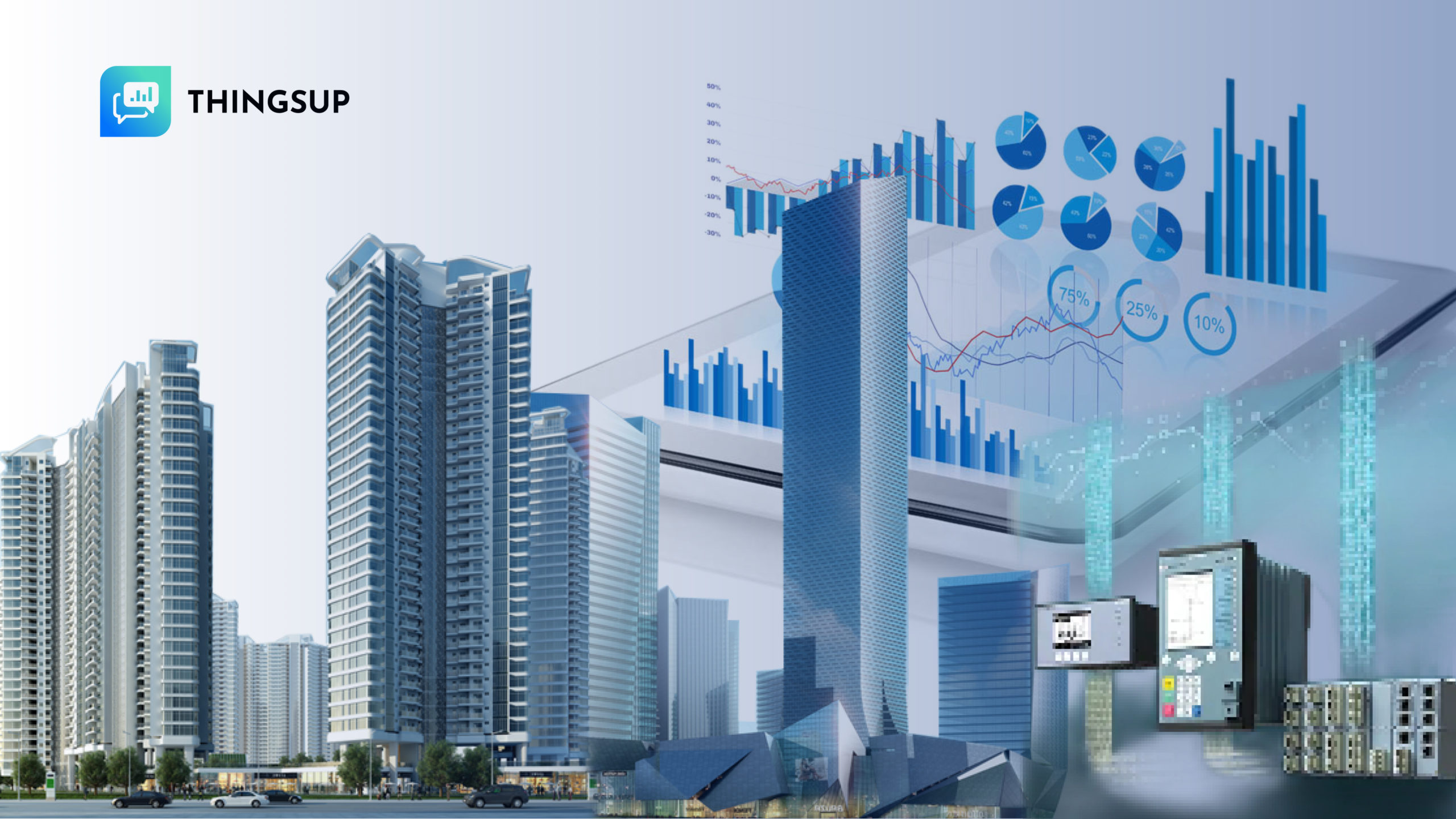Urban planning is a complex process that requires data-driven insights to ensure sustainable, efficient, and optimized city development.
The energy monitoring system is an innovative tool or we can say a game changer that makes this process run smoothly. It helps planners optimize energy usage by collecting real-time energy usage data, energy distribution, and wastage.
This blog will discuss how energy monitoring systems are among the smartest systems that can transform urban planning, make cities smarter, and be environmentally sustainable.
The Role of IoT in Energy Monitoring for Urban Planning
During traditional times, urban planners relied on static data in totality. And we all know that energy usage is never static. However, since the advent of systems, urban planners have become capable of monitoring real-time energy. This real-time information enables planners to:
- Accurately predict energy use
- Discover areas of inefficiency and energy loss
- Improve power grid efficiency.
- Develop environmentally friendly city infrastructure.
These ideas may lead to better development planning, fewer carbon emissions, and more environmentally friendly living conditions.
The Rise of IoT Energy Monitoring in Urban Landscapes
IoT energy monitoring system is not just a term. This revolutionary technology is capable of redefining the design of smart cities.
According to one estimate, there will be more than 75 billion Internet of Things devices worldwide by the year 2025. A large portion of these will be energy monitoring systems. To make a city smart, these systems provide visibility of the city’s energy ecology and help understand energy usage patterns by providing real-time insights.
Key Insights IoT Energy Monitoring Provides for Urban Planning
Furthermore, the Internet of Things energy monitoring system offers several important insights to assist urban planners in making decisions based on accurate information.
- Real-Time Energy Consumption Patterns
IoT energy monitoring systems provide real-time data on energy usage. Urban planners get a lot of insights from this information to proceed smoothly. It includes:
- Understanding peak and off-peak energy usage in different areas.
- Determine high-consumption zones, such as business districts or industrial areas.
- Predict future energy demands based on insights into usage trends.
Time of Day | Energy Consumption | Common Activities | Potential Interventions |
Morning Peak (7-9 AM) | High (typically 20-30% above baseline) | Commuting, Breakfast | Incentivize off-peak usage, smart grid load balancing |
Midday (10 AM – 4 PM) | Moderate | Business Operations | Optimize commercial building efficiency |
Evening Peak (6-8 PM) | Very High (up to 50% above baseline) | Home Activities, Leisure | Demand response programs, time-of-use pricing |
Night (11 PM – 6 AM) | Low (40-60% below daytime average) | Sleep, Minimal Activity | Energy storage charging, grid maintenance |
These insights not only enable the optimization of energy distribution but also support the design of power grids based on real data, which ultimately results in building more highly efficient infrastructure.
- Support for Sustainable Development
An IoT energy monitoring system helps sustainability by showing how renewable energy is used and places where green energy can be sped up. Therefore, this information can help planners:
- Encourage using solar panels, wind turbines, and other clean energy sources in new buildings.
- Moreover, charging stations for electric cars should be placed in the best places possible based on data about energy demand.
- Encourage building methods that use less energy.
- Identification of Energy Inefficiencies and Wastage
IoT energy monitoring systems track energy usage at a micro level. Therefore, their biggest advantage is that every area where energy is wasted can be identified. These areas include inadequate building insulation, ineffective street lighting, and poorly managed public spaces, etc.
Once energy wastage in these places is known, urban planners can take corrective
measures, such as upgrading building lighting systems and insulation systems.
- Smart Grid Management
A smart grid is essential for modern urban planning because this is the future. In this regard, the IoT monitoring system is very important to manage these smart grids. This system provides real-time data on energy flow, supply, and demand, and helps planners balance energy loads across the grid. Consequently, this results in:
- The likelihood of power outages or shortages of electricity is decreased.
- More effective management of energy resources at times of high demand.
- Integrating decentralized energy sources, such as solar panels installed in homes, into the grid.
Benefits of Using IoT Energy Monitoring Systems in Urban Planning
Integration of Internet of Things (IoT) energy monitoring systems into urban planning provides several important advantages, including the following:
Benefit | Description |
Accurate Data | Real-time insights into energy usage for informed decision-making. |
Sustainability | Encourages green energy adoption and reduces carbon footprints. |
Cost Efficiency | Identifies energy inefficiencies and waste, enabling better budget planning. |
Grid Optimization | Helps manage smart grids for uninterrupted energy supply. |
Enhanced Infrastructure | Improves public infrastructure through data-driven planning. |
The Future of Urban Planning with IoT Energy Monitoring
Making smart, adaptable, and resilient cities is the future of urban planning. Indeed, it all starts with using data from energy monitoring systems connected to the Internet of Things. By using real-time data to enhance energy management system strategies, urban planners can not only make cities more sustainable liveable.
Future Predictions
It is projected that by 2025, most enterprise data will be processed at the edge, resulting in faster response times for energy management.
Furthermore, the rollout of 5G networks will allow for more devices and faster data transmission. In fact, 5G will connect 1.5 billion IoT devices in smart cities by 2026.
New quantum technologies have the potential to boost the accuracy and sensitivity of energy monitoring.
Conclusion
The way the Energy Monitoring system provides data-driven insights is clear, and it will prove to be very helpful in urban planning. Its use will increase energy efficiency reduce costs, and take a step towards sustainable development. As cities grow, these systems will play an increasingly important role in shaping urban landscapes for the future. Urban planners can contact Thingsup for a demo of their planning process to create smarter and more efficient cities that will benefit both the environment and residents.






